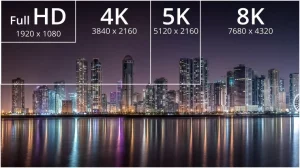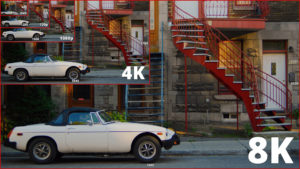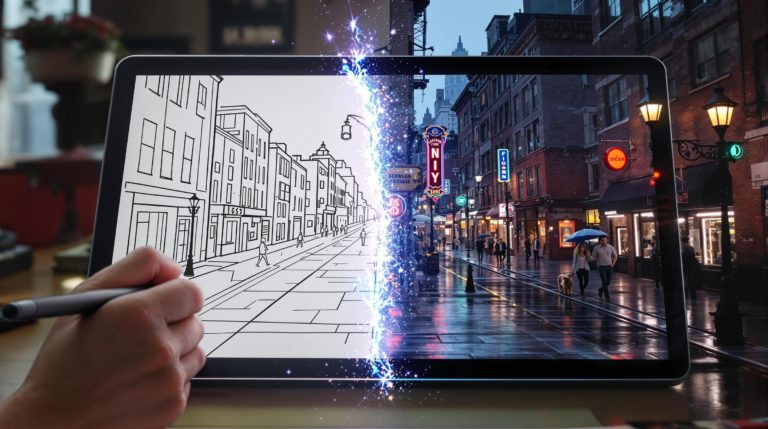Resolution revolution: 8K and beyond.
Picture this: A documentary filmmaker stands in the heart of the Amazon rainforest, her camera capturing what seems like an ordinary scene. Little does she know, this moment will become a scientific breakthrough that changes everything.
Dr. Elena Rodriguez had been tracking a rare species of poison dart frog for months. Her goal? Document its microscopic camouflage mechanisms that had puzzled researchers for decades. With her cutting-edge 12K camera, she was about to do something unprecedented.
The pixel that revealed a hidden world.
During a seemingly routine shot, Elena zoomed into what appeared to be a simple leaf. At standard resolution, it would have been a blurry green surface. But with her ultra-high-resolution camera, something extraordinary emerged.
A nearly invisible network of micro-veins, subtle color variations, and intricate texture patterns revealed themselves. What looked like a uniform leaf was actually a complex ecosystem of biological adaptation. Her footage would ultimately help scientists understand how these frogs use visual deception for survival.
In the realm of professional filmmaking, extreme resolutions are not just a technical specification—they're a gateway to unparalleled creative freedom. Forget the limitations of the human eye; we're talking about visual alchemy that transcends ordinary perception.
Power in pixels.
Imagine a canvas so detailed you can:
- Zoom into a single raindrop mid-flight
- Reframe an entire shot without sacrificing quality
- Capture microscopic details invisible to the naked eye
This isn't just filmmaking; it's visual time travel.
Listen up, creators. We're about to dive into the pixel playground where true visual magic happens.
While most people likely don't need 8K, 12K, or 16K video for everyday viewing due to the limitations of the human eye, these high resolutions are primarily valuable for professional applications like filmmaking, large-scale displays, and scientific visualization where extreme detail and the ability to zoom in significantly without losing quality is crucial; essentially, the higher the resolution, the more minute details can be seen on screen, allowing for sharper images with more clarity, especially when viewing on very large displays or when needing to crop or zoom in significantly on a specific part of the image without noticeable pixelation.
Professional applications.
For filmmakers.
- Unprecedented creative flexibility
- Cinematic reframing capabilities
- VFX that defy imagination
For content creators.
- Create once, repurpose infinitely
- Extreme zoom capabilities
- Edge in a saturated market
Technical wizardry.
Resolution comparison:
| Resolution |
Pixel Count |
|
4K |
8.3 million |
|
8K |
33.2 million |
|
12K |
74.7 million |
|
16K |
138.2 million |
Real-world alchemy.
Documentary magic.
- Capture butterfly wing structures in microscopic detail
- Zoom from landscapes to water droplets seamlessly
- Reframe interviews without quality loss
VFX masterclass.
- Extract perfect stills from motion footage
- Create hyper-detailed motion graphics
- Generate ultra-realistic visual effects
Pro toolkit.
When to go Ultra.
- Large-scale projections
- Scientific documentation
- High-end commercials
- Archival preservation / future proofing
Investment perspective.
While ultra-resolution demands expensive cameras, powerful editing systems, and significant storage, for professionals, it's an investment in boundless creative potential.
Pro tactics.
- Prioritize detail-demanding projects
- Invest in scalable storage
- Master advanced post-production
- Think beyond current tech limits
- Preserve your creative vision
Ultra-resolution isn't about pixels—it's about possibilities. Those who master these technologies won't just create content; they'll define entire visual languages.
Lights. Camera. Infinite Detail. Your Resolution Revolution starts now. Experiment fearlessly, push boundaries, and tell stories no one else can see. The most profound narratives lie in the pixels between what everyone else perceives




